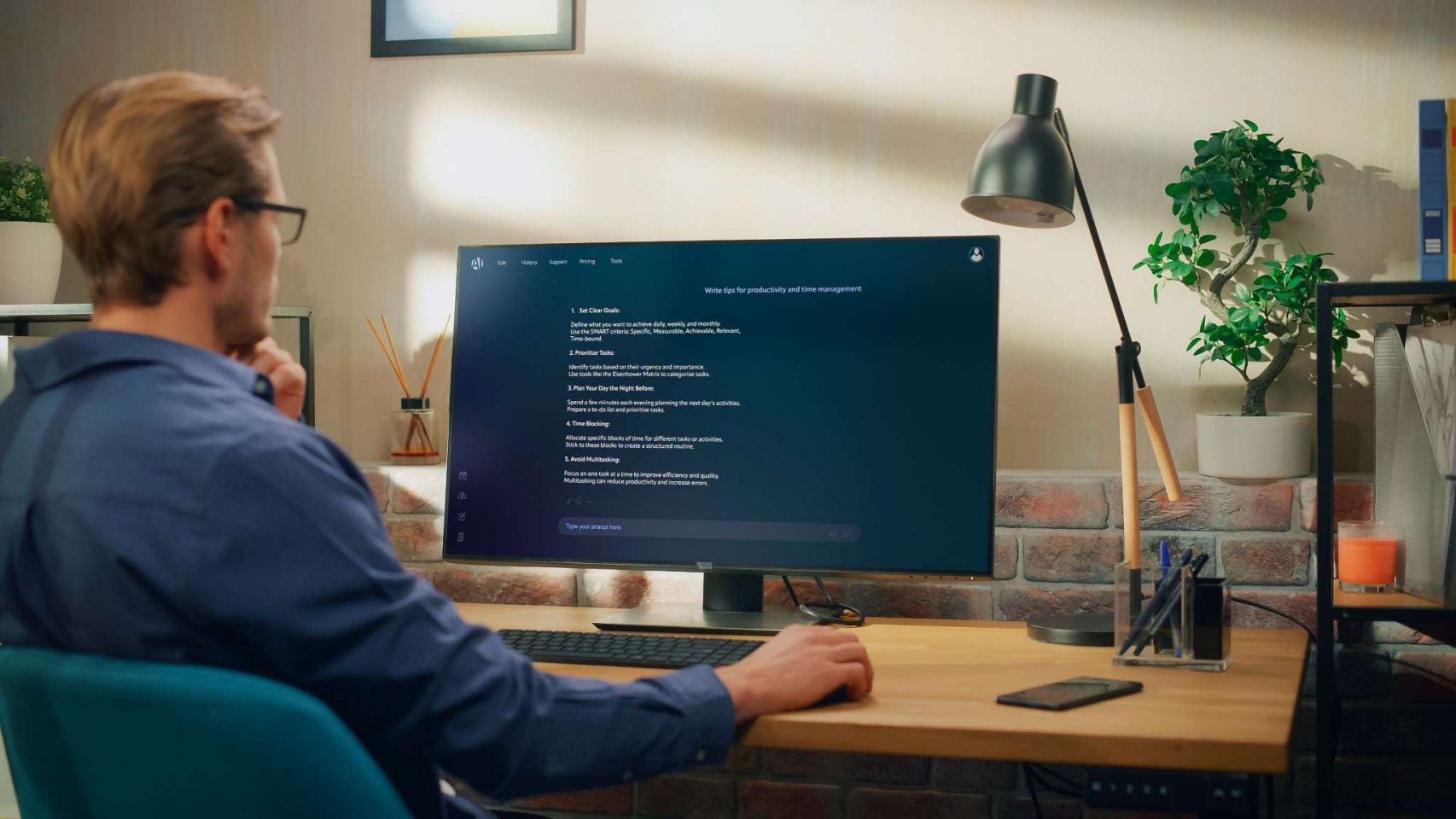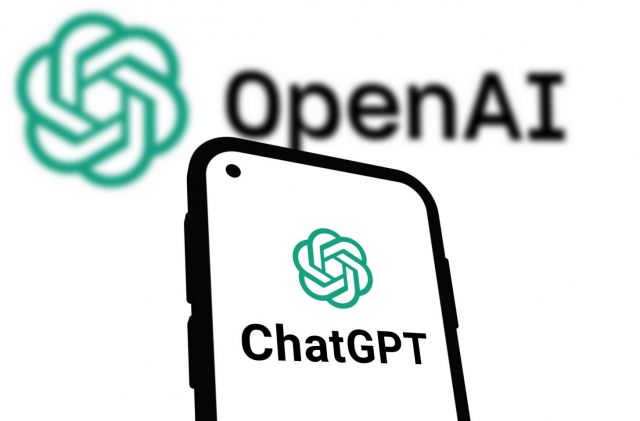MRI Software IPO: how to trade MRI Software shares

IPO stocks are often highly volatile, and early trading can involve rapid price swings and significant risk
Create an account Open a demo account
When is the MRI Software IPO date?
There is currently no set MRI Software IPO date, as the Cleveland-based proptech company continues to scale its global footprint and private equity investors look for an exit. While the company has not yet filed, it is considered a likely candidate in the real estate SaaS sector to pursue an initial public offering which could happen in the next 12 months (source: Reuters).
MRI Software is majority-owned by TA Associates and GI Partners, with Harvest Partners also invested. These backers are classic long-term private equity funds, and their model typically involves exiting after a period of rapid value creation, either via a trade sale or IPO. Given MRI’s size, global client base, and position in a relatively consolidated market, an IPO is the most logical path.
Current expectations
A listing date on the Nasdaq is considered the most probable, though the NYSE is also an option. Some sources report that valuation could hit $10bn, though bullish analysts suggest that if MRI demonstrates strong ARR growth and retention, it could target even higher multiples (source: Private Equity Wire).
Why IPO now?
- Investor exit: private equity ownership has reached maturity; a listing provides liquidity.
- Global momentum: MRI has scaled to over 45,000 clients worldwide, and a public float enhances brand credibility.
- Capital raising: IPO funds could fuel further acquisitions and investments in AI, ESG, and predictive analytics.
- Market opportunity: SaaS appetite remains strong for scaled, profitable companies, even after the broader tech correction.
Bottom line: No official MRI Software IPO date has been announced, but the company is widely tipped to file in the next 12-24 months, with a likely launch date in 2025-2026.
What is MRI Software?
MRI Software is a US-headquartered provider of real estate and property management software, founded in 1971. What began as an accounting system for property managers has evolved into one of the largest proptech SaaS providers globally.
Global presence
MRI serves more than 45,000 customers across 170 countries, ranging from landlords and asset managers to corporate occupiers and public housing bodies. It has offices across the US, EMEA, and APAC, and its acquisition strategy has brought it deep into markets like the UK, Australia, and continental Europe.
Business lines
MRI’s software spans the entire property lifecycle:
- Property management: tenant accounting, leasing, billing, and portfolio management.
- Investment management: tools for real estate funds to track performance and compliance.
- Residential and commercial solutions: serving multifamily, retail, office, and mixed-use operators.
- Corporate occupier services: managing space and facilities for Fortune 500 tenants.
- Facilities management: maintenance scheduling, inspections, and optimisation.
Growth through M&A
MRI has executed more than 50 acquisitions over the past decade. These include Castleton Technology and Housing Partners in the UK, IPM Software in the US, and software firms in Australia and South Africa. Each acquisition has added clients, product breadth, and new verticals such as affordable housing and public sector services.
Strategic significance
For investors, the MRI Software IPO would offer access to one of the few scaled, independent global proptech platforms. With rivals Yardi and RealPage both private, and AppFolio smaller in scale, MRI would stand out as a flagship listed company in real estate SaaS.
How does MRI Software make money?
MRI generates revenue across several categories, with an emphasis on recurring SaaS income.
| Revenue stream | Description |
|---|---|
| SaaS subscriptions | The largest source of revenue, with thousands of clients paying monthly or annual fees to access MRI’s cloud-based platforms. |
| Professional services | These provide additional revenue streams, including integration, training, and implementation. While not as high-margin as SaaS, they strengthen customer lock-in. |
| Maintenance and support | These agreements generate reliable recurring cash flow. |
| Acquisitions | These contribute incremental revenue from acquired companies, expanding MRI’s base into public housing, facilities management, and regional markets. |
What might influence the MRI Software stock price?
The MRI Software stock price post-IPO will be determined by sector sentiment, company fundamentals, competition, regulation, and governance.
Macroeconomic and sector trends
Real estate cycles have a direct impact on tech adoption. When property markets slow, owners and managers may cut budgets – but paradoxically, downturns also encourage efficiency investments. Rising interest rates, inflation, and pressure on real estate valuations could weigh on demand. On the flip side, structural drivers such as digitalisation, ESG requirements, and tenant experience are long-term positives.
Company fundamentals
Investors will look for strong ARR growth, gross margins, and net retention rates. SaaS multiples reward companies with >100% net retention, and MRI’s ability to upsell across its broad product set will be key. Profitability and free cash flow will also matter: SaaS IPOs that combine growth with financial discipline are valued most highly.
Competition and differentiation
MRI competes with Yardi, AppFolio, CoStar, and formerly RealPage. Yardi remains a dominant private rival, but its private status leaves MRI with an opportunity to be the listed leader. AppFolio is strong in SMB property management, while CoStar dominates real estate data. MRI differentiates itself with breadth, global reach, and a balanced client base across residential, commercial, and public sectors.
Regulation and governance
Data privacy is central. MRI handles tenant and investor data across 170 countries, requiring strict compliance with GDPR, US state laws, and APAC rules. As a private equity-backed company, investors will scrutinise governance and financial transparency as it transitions to public ownership.
Valuation scenarios
Base case valuations could be higher if ARR growth exceeds expectations and SaaS multiples expand. A bear case with sluggish real estate cycles could limit valuations.
Investor sentiment
IPO reception will hinge on broader appetite for SaaS. Tech valuations corrected in 2022-2023, but investors still reward profitable, scaled SaaS firms. MRI must position itself carefully: more mature than high-growth startups, but still capable of double-digit ARR growth.
You can keep your finger on the pulse of the markets with expert insight from our in-house analysts. Check out our news and analysis section for more.
How to trade MRI Software shares via CFDs
When the MRI Software listing happens, traders will be able to speculate on its shares via contracts for difference (CFDs). CFDs allow you to capture price movements without owning the underlying shares, offering flexibility in volatile IPO markets.
How to get started
- Step 1: Choose a platform Use a broker like Capital.com to access IPO stocks and fintech names.
- Step 2: Open an account Complete ID verification and the suitability assessment to begin trading.
- Step 3: Fund your account Deposit capital securely by bank transfer, card, or e-wallet.
- Step 4: Track IPO details Watch the filing documents, price range, and anchor investor demand to gauge sentiment.
- Step 5: Place your trade Go long if you expect MRI Software to rally, or short if you anticipate it to fall, and consider applying stop-losses* to manage risk.
Note: the MRI Software IPO, like all IPOs, may be volatile, especially in the early days of trading. CFDs let you act on price swings in either direction, but always apply risk management. CFDs are traded on margin, and leverage higher than 1:1 magnifies potential losses and gains. Past performance is not a reliable indicator of future results.
Learn more about contracts for difference in our CFDs trading guide. *Standard stop-losses are not guaranteed. Guaranteed stop-losses incur a fee when activated.
Which proptech and SaaS stocks can I trade?
Until the MRI Software launch happens, consider listed proxies:
- AppFolio (APPF) – US SaaS provider focused on property managers.
- CoStar Group (CSGP) – leader in real estate data and marketplaces.
- Intuit (INTU) – SaaS giant in financial services, relevant for subscription valuation.
- Salesforce (CRM) – SaaS benchmark for enterprise multiples.
- Oracle (ORCL) – enterprise software with exposure to real estate clients.
FAQs
What is the MRI Software IPO?
It is the expected listing of MRI Software, a US-based SaaS provider for property management and real estate.
When will the MRI Software IPO take place?
Analysts expect a 2025-2026 IPO window, though no official MRI Software IPO date has been confirmed.
Has MRI Software set a listing date?
No. A listing date on Nasdaq or NYSE is most likely but has not been announced.
What is MRI Software worth?
Estimates suggest $8-10bn, with upside in a bull case scenario.
What does MRI Software do?
It offers SaaS for landlords, investors, occupiers, and facility managers worldwide.
Discover more upcoming IPOs
Stay informed on upcoming IPOs, market trends, and the newest trading opportunities

Open AI IPO
